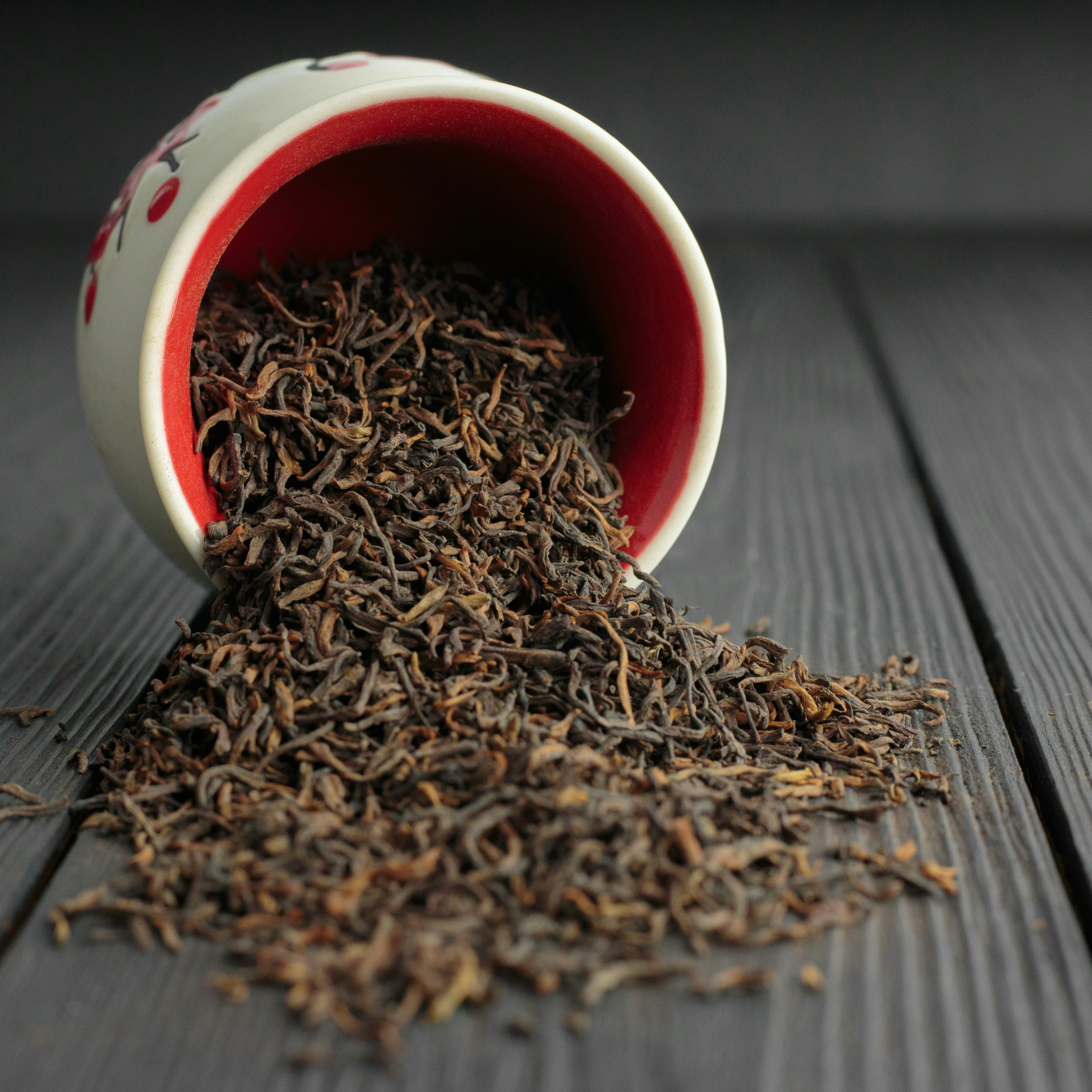Have you ever wondered about the impact of fermentation on the oxalates in your foods? This might seem like a niche topic, but for those monitoring their oxalate intake due to health concerns, it’s more significant than one might think. Oxalates are naturally occurring compounds found in many plant foods, and in susceptible individuals, high oxalate consumption can lead to health issues such as kidney stones. Fermentation, on the other hand, is a process used predominantly for food preservation and enhancement of flavors. What if there were a connection between the two processes that could potentially benefit those concerned about oxalates?
Understanding Oxalates
To grasp how fermentation might affect oxalates, it’s essential to first understand what oxalates are. Oxalates, or oxalic acid, occur naturally in several foods. They’re an organic substance found in plants and produced in small amounts by the human body. Not everyone needs to worry about them, but for some, especially those with a predisposition to forming calcium oxalate kidney stones, keeping an eye on oxalate intake is important.
What Are High-Oxalate Foods?
Oxalates are particularly concentrated in certain foods. This doesn’t mean you should avoid these foods entirely, as many are nutritious. However, awareness is key. Foods known for their high oxalate content include:
- Spinach
- Beets
- Rhubarb
- Almonds
- Buckwheat
- Sweet potatoes
Here’s a quick overview of oxalate content in some common foods:
| Food Item | Oxalate Content (mg/100g) |
|---|---|
| Spinach | 970 |
| Almonds | 469 |
| Rhubarb | 860 |
| Beets | 675 |
| Buckwheat | 133 |
How Do Oxalates Affect the Body?
When you consume oxalates, they bind to calcium in your digestive tract and eventually leave your body in your stool. However, if your body is unable to bind all the oxalates from your food, they may form calcium oxalate crystals that can lead to kidney stones. For those with health conditions requiring a low-oxalate diet, reducing oxalate intake is a way to mitigate this risk.
The Fermentation Process
Fermentation is a natural process that involves the decomposition of carbohydrates by microorganisms like bacteria, yeast, and molds under anaerobic conditions. This is not only a preservation method but also transforms foods in various ways, potentially improving their nutritional profile.
Common Types of Fermentation
The process typically has a significant effect on the flavor, texture, and nutritional composition of food. Different types of fermentation you might be familiar with include:
- Lactic Acid Fermentation: Used for foods like yogurt, sauerkraut, and kimchi.
- Alcoholic Fermentation: Primarily used for beers and wines.
- Acetic Acid Fermentation: The process used to produce vinegar.
Fermentation relies on naturally occurring microorganisms to bring about chemical changes in food, sometimes breaking down complex compounds into simpler ones, which might help in reducing certain undesirable components like antinutrients.
The Relationship Between Fermentation and Oxalates
Let’s consider whether fermentation can reduce the level of oxalates in foods. Some research suggests that specific bacterial strains involved in fermentation can degrade oxalates. This relationship primarily depends on the type of microorganisms present and the method of fermentation used.
Does Fermentation Reduce Oxalates?
There’s evidence suggesting that lactic acid fermentation can help break down oxalates in certain foods. The microorganisms used in this type of fermentation, primarily lactic acid bacteria, have the potential to metabolize oxalates. However, the extent of reduction and its consistency across different food types require further in-depth research.
Foods and Fermentation Techniques
The way food is fermented — and the type of food being fermented — can significantly influence how much oxalate content is reduced. Here’s a simplified overview:
| Food | Fermentation Technique | Impact on Oxalates |
|---|---|---|
| Spinach | Lactic Acid Fermentation | Can reduce oxalates |
| Almonds | Raw soaking with fermentation cultures | May see reduction |
| Beets | Pickling and fermenting | Variable impact |
The basis of these observations lies in the presence of specific bacterial strains like Lactobacillus that have been shown to degrade oxalates in scientific studies.
Practical Implications for Your Diet
If you’re looking to reduce oxalate intake and enjoy fermented foods, integrating fermentation into your dietary practice can be both a culinary adventure and potentially beneficial for oxalate reduction. However, it’s wise to combine this with other strategies to manage oxalate consumption effectively.
How to Incorporate Low-Oxalate, Fermented Foods
Understanding the nuances of both fermentation and oxalates can allow you to make informed dietary choices. Here are some suggestions:
-
Try Homemade Fermentation: This allows you to control the strains of bacteria used, potentially enhancing oxalate reduction. Start with easy recipes like fermented cabbage or carrots.
-
Explore Variety: Don’t just stick to one type of fermented food. The variety can ensure you get a broad range of beneficial bacteria.
-
Pairing: Consider pairing high-oxalate foods with probiotics or cultured foods that might help break them down more effectively in the digestive system.
Consulting with a Health Professional
While incorporating fermented foods might help in managing oxalate levels, it shouldn’t replace other health advice you might be following under medical guidance. Consulting a dietitian can give you tailored advice that considers your unique health profile and dietary needs.
Future Research and Potential
Ongoing and future research into the relationship between fermentation and oxalates holds promise. The idea that certain probiotic strains could one day be utilized specifically for oxalate breakdown is compelling. Meanwhile, consumer interest in fermented foods might lead to greater exploration of how these processes affect various dietary components.
Unanswered Questions and Study Avenues
The phenomenon where probiotics aid in oxalate breakdown is still under-explored. Future studies could provide more concrete answers to questions such as:
- How effective are different strains of probiotics in breaking down oxalates?
- Can fermentation be optimized to maximize the reduction of oxalates in specific foods?
- What are the long-term effects of consuming a diet that emphasizes fermented, low-oxalate foods on kidney stone recurrence?
Conclusion
While the interplay between fermentation and oxalate reduction is a fascinating area of study, what it means for your diet might vary based on your health goals and culinary preferences. Fermented foods, rich in probiotic bacteria, may offer some assistance in reducing dietary oxalates, but they are not a standalone solution for those monitoring oxalate intake due to health issues like kidney stones. As science continues to unveil the potential of fermentation, the key takeaway is that a balanced, informed approach to diet has lasting benefits.
Reflecting on Nutritional Balance
Ultimately, the larger takeaway here is the importance of a balanced diet. Through incorporating a variety of foods — both fermented and otherwise — you can enjoy both the nutritional benefits they offer and manage the antinutritional factors like oxalates. Let’s look forward to a more nuanced understanding as research continues to unfold, offering ways to optimize health through diet by enhancing nutrient absorption and reducing unnecessary compounds.
So, next time you sit down to enjoy a bowl of kimchi or a glass of kefir, think about the hidden wonders those tiny microorganisms might be working within you, potentially altering more than just flavor and digestibility, but impacting your overall health for the better.





